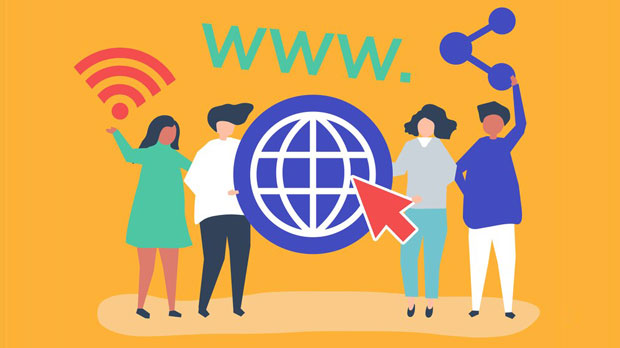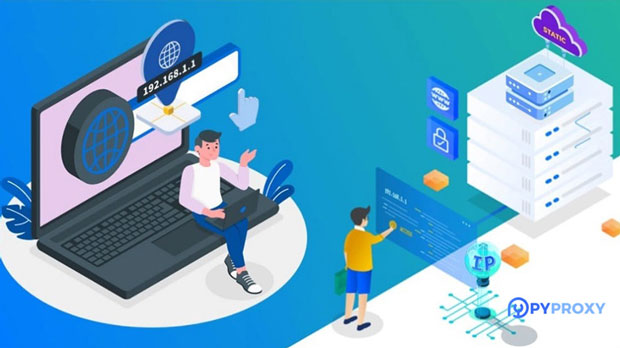In today’s digital world, businesses are increasingly relying on proxy servers to enhance their online privacy, security, and accessibility. However, the question remains: should businesses use free proxy websites in production environments? While free proxies may seem attractive due to their cost-effectiveness, they come with several risks that can negatively impact a business’s operations. In this article, we will explore the pros and cons of using free proxy websites, focusing on their suitability for production environments. Understanding Proxy Servers and Their Role in Business OperationsA proxy server acts as an intermediary between a business’s internal network and external internet resources. It processes requests from users and forwards them to the intended destination, masking the original IP address. In production environments, proxies can be used for various purposes such as improving security, reducing latency, and ensuring anonymity. For businesses, proxies are valuable tools for data scraping, content delivery, or maintaining privacy when accessing sensitive information.The Advantages of Using Free Proxy WebsitesCost-effectivenessThe most obvious benefit of using free proxy websites is cost savings. Free proxies come at no expense to the business, which can be an appealing option for startups or companies with limited budgets. For non-critical operations such as basic browsing or testing, free proxies may provide sufficient functionality.Quick SetupFree proxy websites are typically easy to set up and don’t require significant technical expertise. They offer quick access to external resources, making them convenient for small businesses or individual users who don’t want to invest in more sophisticated proxy solutions.The Risks and Drawbacks of Using Free Proxy WebsitesSecurity ConcernsThe most significant risk associated with free proxy websites is the potential compromise of security. Since free proxies are publicly available, malicious actors may exploit them to gather sensitive business data, such as login credentials, financial information, and proprietary data. Additionally, many free proxies do not provide encryption, meaning that the data transmitted through them can be intercepted or tampered with by third parties. For businesses handling sensitive data, this lack of security is a major concern.Unreliable PerformanceFree proxies often suffer from poor performance due to overcrowding. Since they are open to the public, a large number of users can cause the proxy to become slow, unreliable, or prone to frequent outages. For businesses that rely on continuous, uninterrupted access to external resources, this unreliability can lead to operational inefficiencies, delays, and lost productivity.Lack of Customer SupportAnother drawback of free proxy websites is the absence of customer support. In a production environment, issues with proxies can severely impact business operations, but with free proxies, there is often no support team available to resolve these problems. Businesses that rely on free proxies may find themselves without assistance when something goes wrong, leading to increased downtime and lost revenue.Potential for Data Leaks and Privacy ViolationsFree proxies may not adhere to strict privacy policies, putting business data at risk. Some free proxy providers may log user activity, including the data businesses send through the proxy, potentially leading to data leaks. This is particularly concerning for businesses that deal with private client information, intellectual property, or trade secrets. Using free proxies could inadvertently violate privacy regulations, leading to legal liabilities and damage to the company’s reputation.Compatibility Issues with Business SystemsFree proxy services may not integrate well with the complex infrastructure found in production environments. Businesses often have specific needs regarding access control, network management, and security protocols that free proxies cannot meet. Using a free proxy may lead to compatibility issues with internal systems, potentially affecting overall performance and security.When Should Businesses Avoid Free Proxy Websites in Production Environments?Critical OperationsFor businesses engaged in critical operations, such as financial transactions, online sales, or handling sensitive client data, free proxy websites should be avoided. The security risks associated with free proxies make them unsuitable for any operation that requires a high level of confidentiality or integrity.Regulatory ComplianceBusinesses that are subject to industry-specific regulations, such as GDPR, HIPAA, or PCI DSS, should refrain from using free proxy websites. These regulations demand strict adherence to security protocols, and using free proxies may result in non-compliance, exposing businesses to significant fines and legal consequences.Long-Term Growth and ScalabilityAs businesses grow, their IT infrastructure becomes more complex, requiring robust and scalable solutions. Free proxies are not designed to support large-scale operations, and they are not ideal for businesses that plan to expand. Investing in premium proxy services that offer better performance, security, and customer support is essential for businesses looking for sustainable, long-term growth.Alternatives to Free Proxy WebsitesPaid Proxy ServicesFor businesses that require reliable, secure, and high-performance proxies, paid proxy services are the best alternative. Paid proxies offer enhanced security features, faster speeds, and dedicated customer support, ensuring that businesses can operate smoothly without the risks associated with free proxies.Virtual Private Network (VPN)A VPN is another alternative to free proxy services, offering encryption and better privacy. VPNs can help businesses safeguard their data and maintain anonymity while accessing the internet. Many businesses use VPNs for secure remote access and to protect their network traffic from external threats.Dedicated ProxiesDedicated proxies are private proxies assigned to a single user or business, ensuring better performance and enhanced security. They offer more control and customization options, making them suitable for businesses with specific proxy needs. Dedicated proxies are more expensive than free proxies but offer much better value in terms of security, speed, and reliability.While free proxy websites may seem like an attractive option for businesses looking to cut costs, they come with significant risks that outweigh the benefits. Security concerns, unreliable performance, lack of customer support, and potential privacy violations make free proxies unsuitable for production environments. For businesses handling sensitive data or engaged in critical operations, investing in paid proxy services or other secure alternatives is the best course of action to ensure smooth, efficient, and secure operations.
Sep 08, 2025



































































